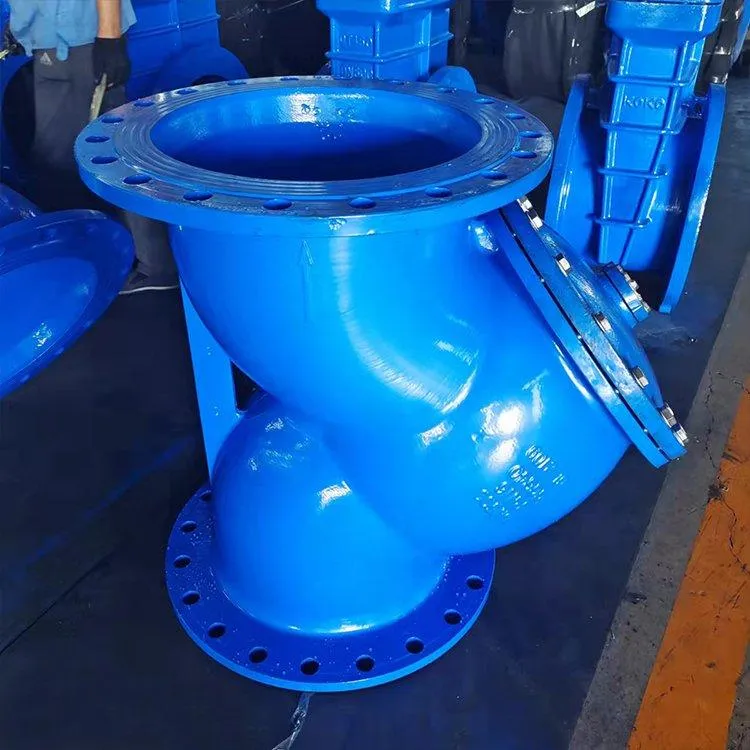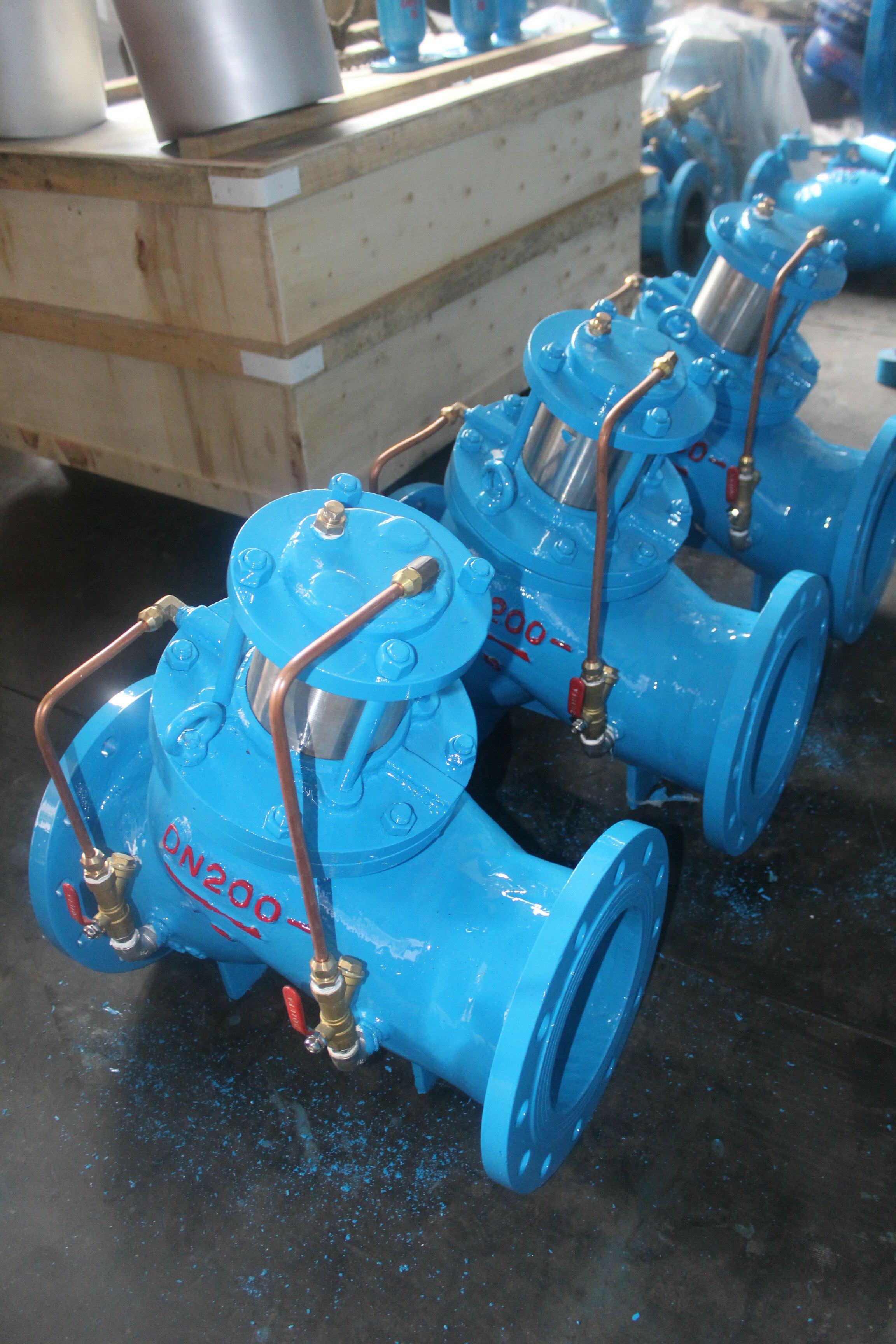Slow Closing Check Valve: Enhancing System Safety and Efficiency

In the vast world of fluid control, valves play a pivotal role in ensuring the smooth and safe operation of pipelines, machinery, and industrial processes. Among these, the slow closing check valve has emerged as a specialized solution, offering unique advantages over traditional fast-acting check valves. Its design, functionality, and applications have made it indispensable in industries ranging from water treatment to oil and gas, and from chemical processing to power generation.
Understanding the Basics: What is a Slow Closing Check Valve?
A slow closing check valve—sometimes referred to as a controlled closure check valve or anti-water hammer valve—is a type of check valve designed to prevent reverse flow while minimizing the sudden impact of fluid reversal. Unlike conventional check valves that close abruptly, a slow closing check valve gradually shuts off the flow, reducing pressure surges, noise, and potential damage to the pipeline system.
The concept may seem simple, but its impact is significant. In high-pressure systems, rapid closure of a standard check valve can lead to water hammer, a phenomenon characterized by a sharp pressure spike that can rupture pipes, damage pumps, or compromise sensitive equipment. By slowing the closure process, slow closing check valves absorb the energy of moving fluid, preventing these destructive surges and enhancing overall system longevity.
Key Components and Working Principle
A typical slow closing check valve comprises several crucial components:
- Valve Body: Constructed from durable materials such as stainless steel, cast iron, or bronze, the body houses the internal mechanism and withstands high-pressure conditions.
- Disc or Poppet: The moving element that allows fluid to pass in one direction and seals against reverse flow.
- Control Mechanism: This may include a hydraulic dashpot, spring, or piston system that regulates the speed of closure.
- Sealing Surface: Ensures a tight, leak-proof shutoff.

The working principle is elegantly simple yet technically sophisticated. When fluid flows in the intended direction, the valve opens freely, offering minimal resistance. However, when flow reversal occurs, the control mechanism activates, slowing the movement of the disc or poppet. This controlled closure dissipates the kinetic energy of the moving fluid, reducing the risk of water hammer and providing a smooth, silent operation.
Advantages of Using Slow Closing Check Valves
Slow closing check valves are not just a technical novelty; they offer tangible benefits that improve the performance and safety of fluid systems:
- Water Hammer Prevention: By regulating closure speed, these valves significantly reduce the destructive pressure spikes that occur in pipelines.
- Extended Equipment Life: Pumps, compressors, and pipelines experience less stress, which lowers maintenance costs and prolongs operational life.
- Noise Reduction: Sudden valve closure often generates loud banging noises; controlled closure ensures quieter system operation.
- System Reliability: Reducing stress and wear enhances overall system stability, making slow closing check valves a preferred choice in critical applications.
- Versatility: These valves can handle a wide range of fluids, temperatures, and pressures, making them suitable for water, oil, chemicals, and even steam systems.
Applications Across Industries
The slow closing check valve’s utility spans multiple sectors:
- Water and Wastewater Treatment: Protects pumps and pipelines from water hammer, ensuring efficient and continuous water supply.
- Oil and Gas Industry: Prevents reverse flow in crude oil, refined petroleum, and natural gas pipelines, where pressure surges can be catastrophic.
- Chemical Processing: Maintains process stability by controlling flow reversals in sensitive chemical reactions.
- Power Plants: Protects turbines, boilers, and cooling systems by reducing mechanical stress during shutdown or sudden flow changes.
- HVAC Systems: Minimizes noise and mechanical wear in heating, ventilation, and air conditioning systems.
The versatility of slow closing check valves underscores their role as a critical component in modern fluid control systems. By balancing performance, safety, and reliability, these valves help operators meet regulatory standards while optimizing operational efficiency.
Selection Criteria: How to Choose the Right Slow Closing Check Valve

Selecting the appropriate slow closing check valve requires careful consideration of several factors:
- Flow Rate: Ensure the valve can handle the system’s maximum flow without excessive pressure drop.
- Pressure Rating: Match the valve to the system’s operating and surge pressures to ensure durability.
- Fluid Type: Consider compatibility with corrosive, abrasive, or viscous fluids to avoid premature wear.
- Temperature Range: High-temperature fluids require materials that maintain strength and sealing integrity under thermal stress.
- Installation Orientation: Some slow closing check valves perform optimally in horizontal or vertical pipelines.
- Maintenance Requirements: Look for designs that allow easy inspection and component replacement.
Proper selection ensures optimal performance, reduces downtime, and maximizes the valve’s lifespan. Consulting with manufacturers and reviewing technical datasheets is essential for critical applications.
Installation and Maintenance Tips
Even the best slow closing check valve can fail if improperly installed or maintained. Here are some expert recommendations:
- Ensure Correct Orientation: Follow manufacturer guidelines regarding flow direction and mounting position.
- Clean Pipelines: Remove debris and sediments that may interfere with the valve’s movement.
- Regular Inspection: Check for leaks, corrosion, and wear on internal components.
- Lubrication: Some valves may require periodic lubrication to maintain smooth operation.
- Test Closure Speed: Confirm that the valve closes at the intended rate to prevent water hammer and maintain efficiency.

Proactive maintenance not only extends the valve’s lifespan but also safeguards the entire pipeline system, making it a smart investment for any industrial operation.
Conclusion: A Smart Choice for Modern Fluid Systems
The slow closing check valve is more than a simple flow control device—it is a guardian of pipelines, pumps, and critical equipment. By controlling closure speed, these valves prevent water hammer, reduce noise, and enhance system reliability, making them indispensable across industries that demand precision and safety.
In an era where operational efficiency, safety, and sustainability are paramount, integrating slow closing check valves into fluid systems represents a strategic choice. Whether in municipal water treatment plants, industrial processing facilities, or power generation systems, these valves provide peace of mind, long-term savings, and enhanced performance.

Investing in the right slow closing check valve is an investment in the longevity and resilience of your system. With careful selection, proper installation, and routine maintenance, this unassuming yet vital component can deliver significant operational benefits for years to come.
Word count: 1,215
你想让我做吗?